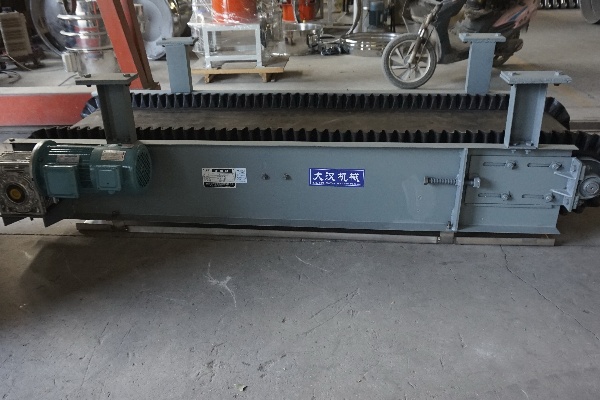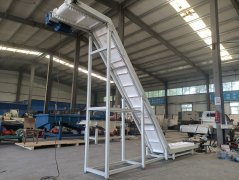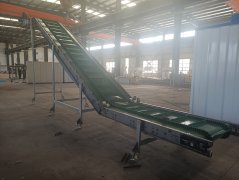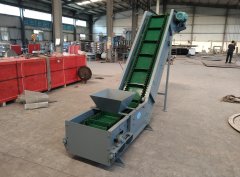PVC belt conveyor price
Wednesday October-15 2025 16:38:53
The price of pvc belt conveyor is the result of many factors, ranging from $100 to $3,000. This price difference is mainly affected by the specific configuration and manufacturing process of the equipment itself. The price of PVC belt conveyors will be affected by its length, width, conveyor belt material and thickness, as well as the drive system and control system. At the same time, the choice of frame material, the type of structure of the equipment (such as horizontal, inclined or Z-shaped), and whether there are special customization requirements will affect the final quotation.
What is the price of PVC belt conveyors?
Horizontal PVC belt conveyor priceHorizontal PVC belt conveyors are usually the most basic option among all types of conveyors. This type of conveyor is mainly used to transport materials on the same height plane. Because its structure is usually simple, the special performance requirements for the belt (such as anti-slip patterns) are relatively low, and the manufacturing cost is also relatively controllable.
Price range: generally ranging from $250 to $2,000.
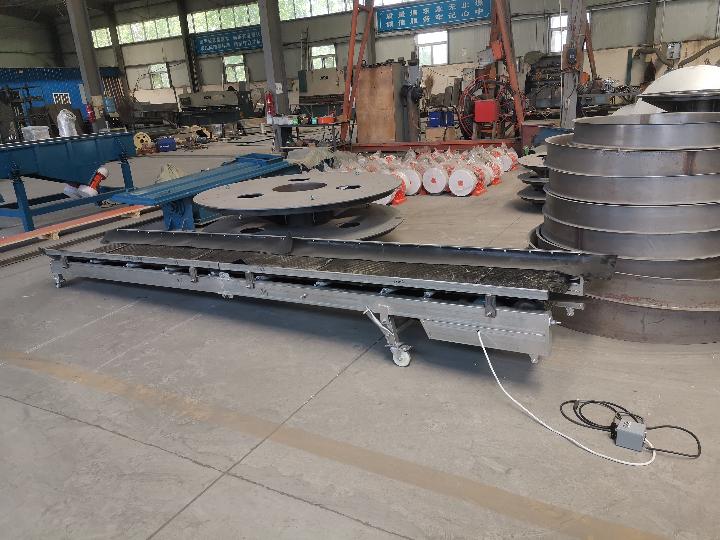
Inclined PVC belt conveyors are used to transport materials between different heights. Compared with horizontal types, they have more considerations in structure and belt selection, which affects the price.
Price range: usually between $300 and $3,000, depending on the inclination angle and configuration.
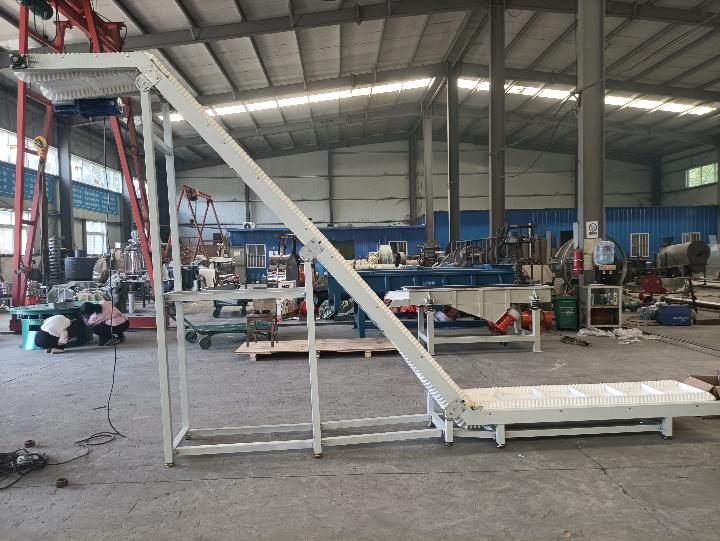
Z-type or climbing PVC belt conveyors are designed to cope with large height differences and achieve vertical lifting of materials. The structure of this type of conveyor is the most complex, usually including a horizontal feed section, an inclined lifting section, and a horizontal discharge section, so the price is relatively high.
Price range: usually between $800 and $3,500, or even higher.
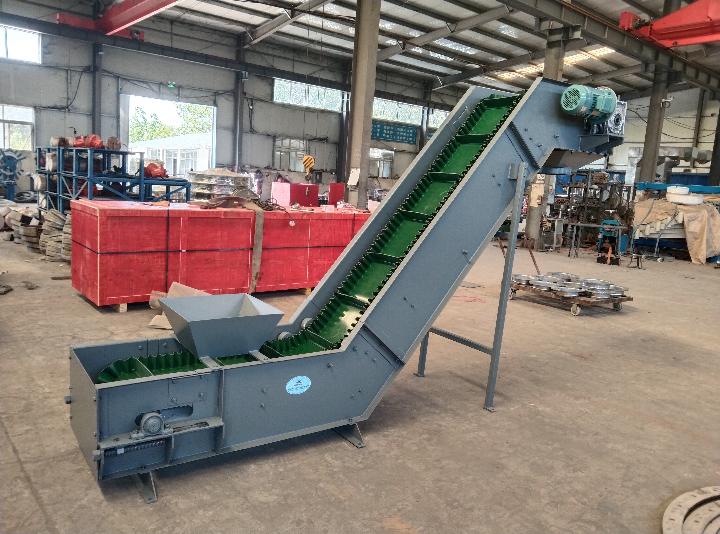
PVC belt conveyor specifications
|
Belt width (mm) |
Conveying length(m) Power(kw) |
Conveying speed (m/s) |
Conveying amount (t/h) |
||
| B400 | ≤10 | 12-15 | 15-30 | 1.25-2.0 | 30-60 |
| 3 | 3-4 | 4-7.5 | |||
| B500 | ≤10 | 12-15 | 15-30 | 1.25-2.0 | 40-80 |
| 3 | 4-5.5 | 5.5-7.5 | |||
| B650 | ≤10 | 12-15 | 15-30 | 1.25-2.0 | 80-120 |
| 4 | 7.5 | 7.5-11 | |||
| B800 | ≤10 | 12-15 | 15-30 | 1.25-2.0 | 120-200 |
| 4 | 7.5 | 7.5-15 | |||
| B1000 | ≤10 | 10-20 | 20-40 | 1.25-2.0 | 200-320 |
| 5.5 | 7.5-11 | 11-22 | |||
| B1200 | ≤10 | 10-20 | 20-40 | 1.25-2.0 | 290-480 |
| 7.5 | 7.5-15 | 15-30 | |||
| B1400 | ≤10 | 10-20 | <20-40 | 1.25-2.0 | 400-680 |
| 11 | 15-22 | 22-45 | |||
| B1600 | ≤10 | 10-20 | <20-50 | 1.25-2.0 | 600-1080 |
| 15 | 22-30 | 30-75 | |||
| B1800 | ≤10 | 10-20 | <20-50 | 1.0-2.0 | 200-1500 |
| 18.5 | 30-45 | 45-110 | |||
| B2000 | ≤10 | 10-20 | <20-40 | 1.0-2.0 | 1000-2000 |
| 22 | 45-55 | 55-132 | |||
| B2400 | ≤10 | 10-20 | <20-40 | 1.0-2.0 | 1500-3000 |
What are the factors affecting the price of PVC belt conveyors?
Length and width: This is a factor that directly affects the price. Longer conveying distances and wider belts mean more material consumption.
Frame material: Carbon steel spray-coated frames have the lowest cost, and stainless steel (such as 304) frames are significantly more expensive due to their corrosion resistance and hygiene requirements.
Drive system: Motor power, reducer type and brand will affect the cost.
Belt type: To prevent materials from sliding down, inclined conveyors often use PVC belts with anti-slip patterns (such as grass patterns, fishbone patterns), or add baffles, skirts and other accessories. The cost of these special belts and accessories is higher than that of ordinary smooth belts.
Incline angle and height: The larger the inclination angle, the higher the anti-slip performance requirements of the belt, and the frame structure may also need a more sturdy design.
Structural complexity: Multi-stage structural design, belt turning transition, and the possibility of multi-point support or more complex drive solutions all increase manufacturing difficulty and cost.
Carrying capacity: When lifting heavy objects or large quantities of materials, the requirements for drive system and frame strength are higher.
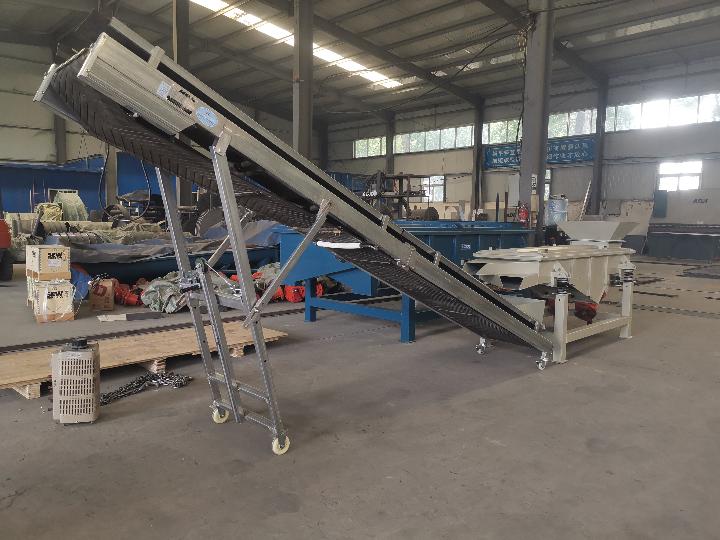
PVC Belt Conveyor Price Solutions
PVC belt conveyor pricing solutions can be customized based on conveyor length, width, and material. Conventional PVC conveyor belts cost approximately US$10–$60 per meter. Smaller conveyor belts are more economical and suitable for light assembly and laboratory use. Industrial conveyor belt prices, on the other hand, generally range from US$500–$3,000, depending on load capacity, drive power, and automation configuration. For industries requiring higher wear resistance and food-grade standards, polyurethane belt conveyors offer excellent oil and water resistance, making them suitable for food, pharmaceutical, and electronics manufacturing.
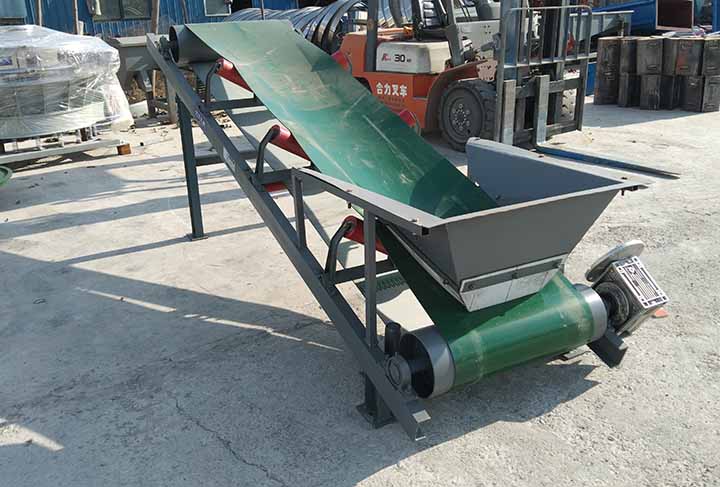
PVC belt conveyor manufacturer
As a PVC belt conveyor manufacturer, our equipment is exported to over 70 countries. As a source manufacturer, our PVC belt conveyors offer transparent pricing, multiple certifications, and a wide selection of high-quality materials. We support trials with material and can provide standard or customized solutions for various conveying scenarios.
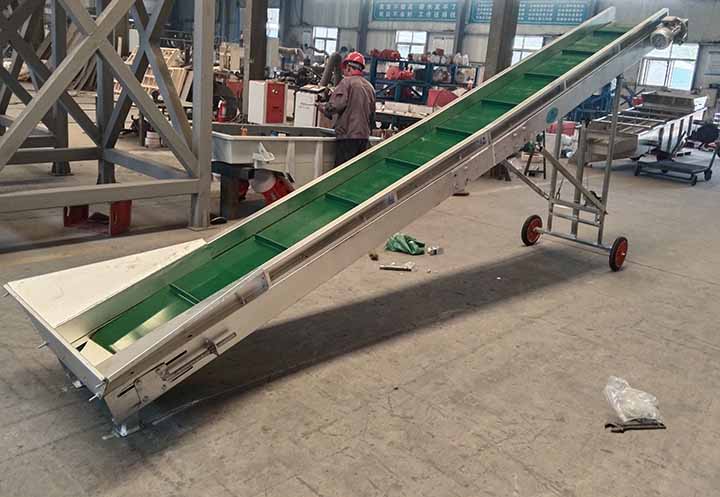
When determining the price of PVC belt conveyors, it is necessary to consider all relevant factors comprehensively, rather than just based on a single indicator. The price difference of equipment reflects its differences in material use, design complexity, and functional configuration. For example, conveyors used in the food industry are usually more expensive than equipment for ordinary industrial use due to their special requirements for materials and cleanliness. Similarly, conveyors with complex lifting or turning functions are priced differently due to their more sophisticated structural design and manufacturing process. When choosing, users should select appropriate products based on their specific production needs, material characteristics and on-site environmental conditions.
